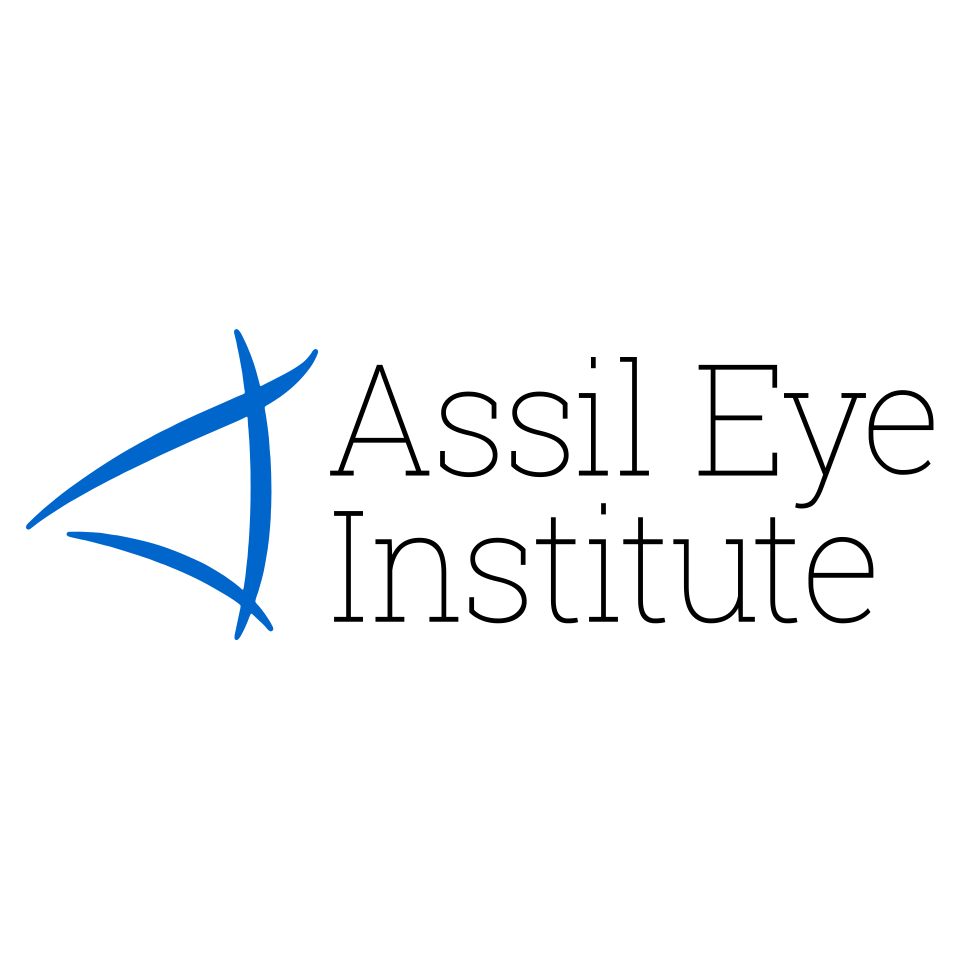If You Don’t See the Whole Picture, What Parts of the Picture Are You Missing?
If You Don’t See the Whole Picture, What Parts of the Picture Are You Missing?
The Link Between Your Vision & Delivering Quality Patient Care

Do you struggle with in-attentional blindness-not seeing what is right in front of you at work? You may not even be aware that you do. In the daily hustle and bustle, there are numerous opportunities to miss what is right before your eyes. This is human nature; the brain is not wired to observe every single detail of what you see.
But what happens when peer-to-peer and patient interactions suffer as a result? Just as with any bad habit, the good news is that in-attentional blindness can be replaced with positive practices to improve your communication patterns.
In-attentional blindness, a term created by psychologists, Dr. Arien Mack and Dr. Irvin Rock, happens when you are so focused on a task that you end up missing what otherwise should be obvious. A common example is when an employee is trying to speak with a manager, but the manager is multi-tasking and more tuned into what is on the computer. Your brain is not designed to absorb data it only partially notices. It is why multitasking decreases efficiency and productivity.
Assil Eye Institute’s Director of Glaucoma Services, LASIK and Cataract Surgeon Avneet K. Sodhi Gaur M.D explains, “In-attentional blindness is an excellent analogy for how often times physicians engage in communication exchanges with patients. In ophthalmology, patient visits typically last 5 to 10 minutes. Doctors are expected to multitask by EMR inputting, examining, diagnosing, educating the patient on a treatment plan, and properly billing the visit. Something is going to get missed, and that something is usually the patient not feeling heard. This happens largely because while the patient is speaking to the doctor, the doctor is not looking at the patient.”
When it comes to communication, 93% of it is non-verbal: 55% body language, 38% tone of voice, and only 7% actual words. With in-attentional blindness comes the inability to observe body language, let alone hear the other person’s tone of voice. How can you deliver attentive patient care if you are only giving partial attention? To become consciously aware of what is in front of us, we must literally give our attention to it. Quality patient care is dependent upon it.
If we are to have more present and connected engagement with work peers and patients, it is paramount to activate conscious perception.
Here are three quick tips:
-
Take a pause.
-
Fix your eyes on what is before you.
-
Notice body language, facial expression, and tone of voice. Do not solely rely on words.
Now determine what this data is informing you of that the other person needs most from you. For example, in a counseling session, you may assume pricing is the roadblock because the patient said they may need to hold off on the treatment. However, when you paid attention, you noticed the patient widened their eyes at the mention of the treatment. This may be a signal that the patient has fear. With follow-up questions, you can address the issue accordingly.
Just the simple act of caring to hear with focused attentiveness signals your brain to activate its conscious awareness. Practice exercising “attentional vision,” that is, concentrating on a single person or task per encounter. I bet you will find the time you share at work much more gratifying.
Assil Eye Institute’s approach to vision care takes into consideration the whole person as an individual with individual needs. We specialize in LASIK, Cataract, Cornea, Retina, Aesthetics, Oculoplastic, and Glaucoma Services. Hypnotherapy and EFT are also available as an holistic complement to medical treatments. Visit www.assileye.com to learn more. Mention “Beverly Hills Chamber” for savings on eligible procedures such as EAGLE VISION® LASIK.






